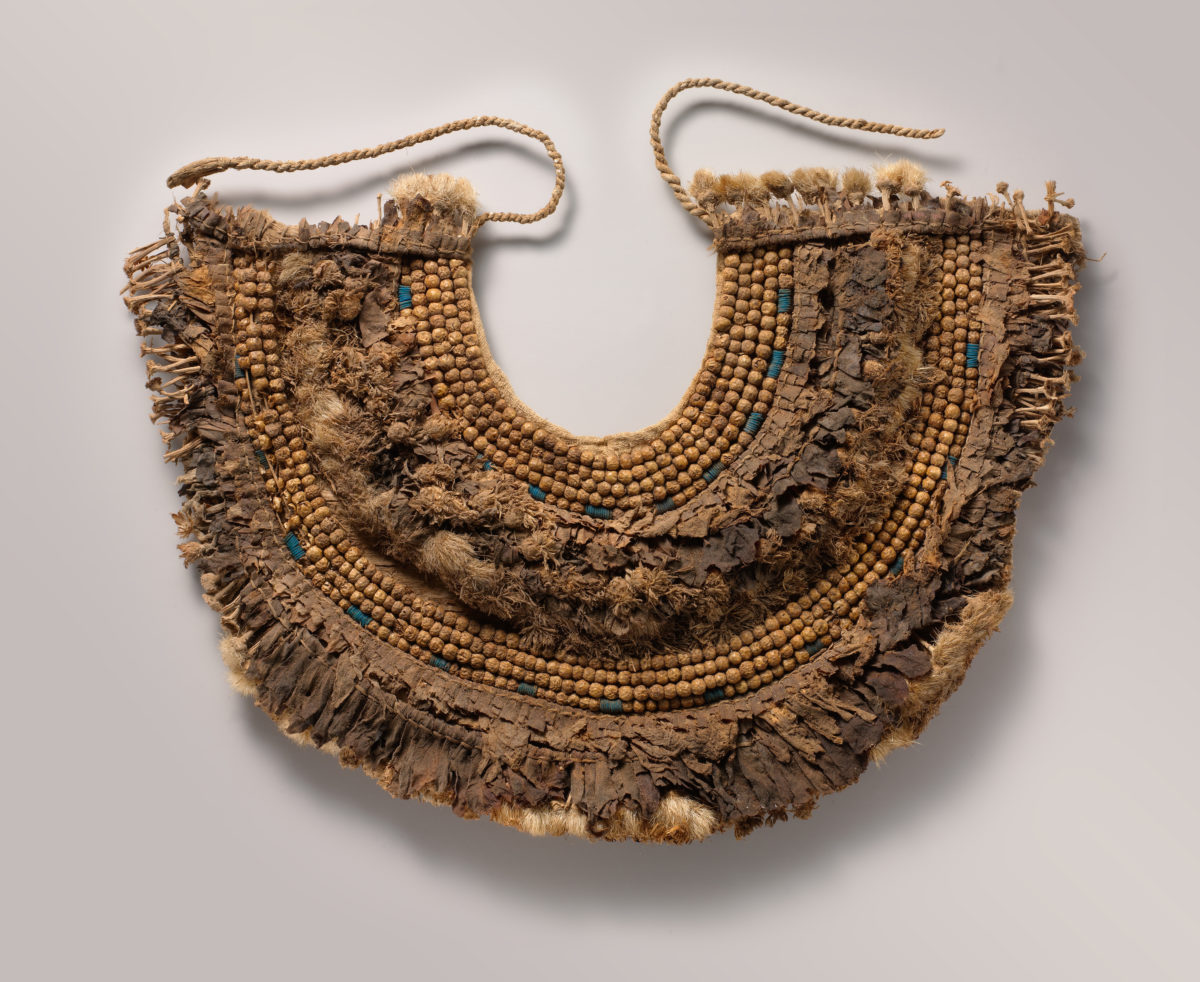
November 12, 2018–February 24, 2019
The Met Fifth Avenue Floor 2
1000 5th Ave, New York, NY
What is jewelry? Why do we wear it? What meanings does it convey? Jewelry: The Body Transformed traverses time and space to explore how jewelry acts upon and activates the body it adorns. Opening November 12 at The Metropolitan Museum of Art, this global conversation brings together some 230 objects drawn almost exclusively from The Met collection.
A dazzling array of headdresses and ear ornaments, brooches and belts, necklaces and rings created between 2600 B.C.E. and the present day will be shown along with sculptures, paintings, prints, and photographs that will enrich and amplify the many stories of transformation that jewelry tells.

Exhibition Overview
The exhibition will open with a dramatic installation that emphasizes the universality of jewelry—precious objects made for the body, a singular and glorious setting for the display of art. Great jewelry from around the world will be presented in a radiant display that groups these ornaments according to the part of the body they adorn: head and hair; nose, lips, and ears; neck and chest; arms and hands; and waist, ankles, and feet.
The remaining galleries will be organized thematically by the kinds of performances jewelry orchestrates. The Divine Body will examine one of the earliest conceptions of jewelry—its link to immortality. Featured here will be a rare head-to-toe ensemble from ancient Egypt that accompanied the elite into the afterlife, as well as items from the Royal Cemetery of Ur, implicated in one of the most mysterious rituals of ancient Mesopotamia (present-day Iraq). Also highlighted will be the regalia of the rulers of Calima (present-day Colombia), who were lavishly covered in sheets of gold.

The Regal Body will examine the use of jewelry throughout history to assert rank and status. Among the examples on display will be sapphires and pearls from Byzantium, finely wrought gold from the elites of Hellenistic Greece, and ivory and bronze from the Royal Courts of Benin.
The Transcendent Body will focus on how jewelry is used to traverse the temporal and spiritual realms. This section will celebrate jewelry’s power to conjure spirits, appease gods, and invoke ancestors. Sculpted images and exquisite jewelry from India will underscore the active role of gold ornaments in Hindu worship. Adornments from Coastal New Guinea, splendidly fashioned from shell and feathers, will speak to jewelry’s capacity to channel the spiritual well-being of the wearer.

The Alluring Body will explore how jewelry engenders desire. Woodblock prints and period ornaments will convey the ways in which hairdressing indicated a courtesan’s availability in Edo Japan. Photographs and spectacular jewels will highlight the eroticism of pearls in the Victorian era and beyond. Jewelry designed by Elsa Schiaparelli, Art Smith, Elsa Peretti, and Shaun Leane will document how contemporary artists push the limits of glamour, courting danger and even pain.
The Resplendent Body will call out the marriage of material and technique for the purpose of ostentation. Why wear jewelry, if not to be seen? Examples will include the opulent adornment of the Mughals; the aesthetic of accumulation in the gold and silver jewelry of the Akan and Fon peoples of West Africa; and the elegant designs of such legendary jewelry houses as Castellani, Lalique, and Tiffany & Co. Contemporary jewelry makers—including Peter Chang, Joyce J. Scott, and Daniel Brush—who question and re-imagine notions of luxury and adornment will also be celebrated.
If the body is a stage, jewelry is one of its most dazzling performers. Throughout history and across cultures, jewelry has served as an extension and amplification of the body, accentuating it, enhancing it, distorting it, and ultimately transforming it. Jewelry is an essential feature in the acts that make us human, be they rituals of marriage or death, celebrations or battles. At every turn, it expresses some of our highest aspirations.
“To fully understand the power of jewelry, it is not enough to look at it as miniature sculpture,” stated Melanie Holcomb, Curator, Department of Medieval Art and The Cloisters. “While jewelry is ubiquitous, the cultures of the world differ widely regarding where on the body it should be worn. By focusing on jewelry’s interaction with—and agency upon—the human body, this exhibition brings in a key element that has been missing in previous studies of the subject.”



